The phrase “The area was used during training for the Apollo program to prepare astronauts for the lunar missions” is commonly used when trying to attract tourists to the Askja area on Iceland and similar desolated locations. You can see it all flashing before your eyes; heroic astronauts jumping around in bulky space suits, trying not to fall over in the moonlike landscape.

. The main objective in Askja was to study geology. (Photo Bjorn Grotting)
Well, it is a common misconception that the Apollo astronauts traveled to wastelands on earth to get used to the bleak hell of the barren moon. As someone said: “for that they could have stayed in Houston”. I’ve never been to Houston, so I cannot say…
However it had a more mundane explanation; they simply had to take geology lessons
. The moon landings were foremost, at least in the beginning, about politics rooted in the cold war era. But in the end it was also about scientific exploration, and if there is one thing the moon has in abundance it is rocks and geology. The astronauts did not go there only for the view, they were expected to bring back samples of the moon, and preferably an interesting variation of specimens.
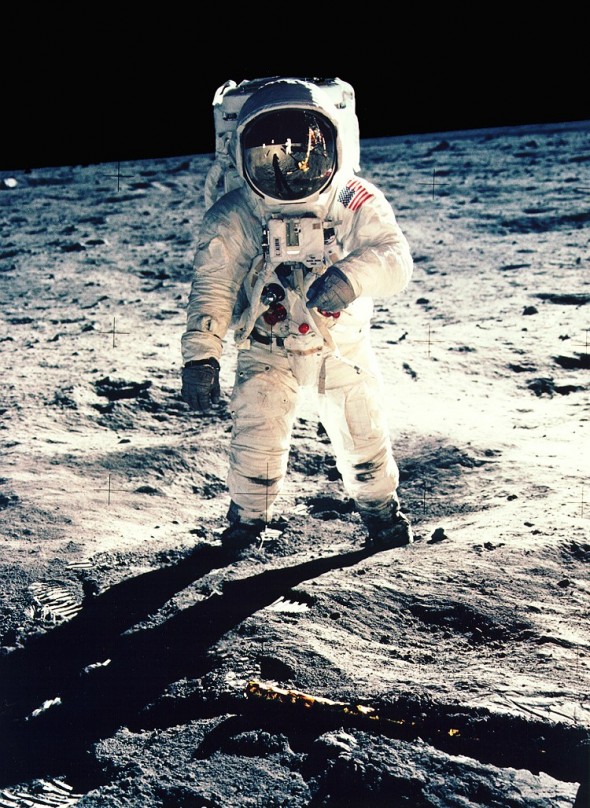
NASA first tried out more conventional, boring lectures. The first astronauts were however not your typical geeky scientists, they were former test pilots, more attuned to an action fueled and learn as you go style. It was therefore decided that geology field trips (GFT’s) were more in line with their personalities.
The first official GFT took place in 1964. They normally took place in spots geologically as similar to the moon as possible. This means desert like, barren places like the ones you easily can find on for example Iceland. They couldn’t see the rocks if they were covered with vegetation, even if some GFT’s were done in wooded areas in order to study some specific kind of rock which also could be found on the moon.
They also visited Grand Canyon to study rock layers, even if they hardly expected to find water carved canyons. Also nuclear test craters were visited because of the similarities they have to meteorite craters.

Two field trips were done to Iceland; one in 1965 and one in 1967. The GFT’s concentrated on the Askja caldera, where multiple volcanic eruptions had taken place over centuries. The astronauts had to learn to communicate by radio with geologists and report what they saw using “technical” terminology like for example “FSR” (“Football Sized Rock”) and describe the larger geological structures in front of them. Later their reports were scrutinized, with great amusement, by the scientists who would point out all the geology they had missed. No space suits were required for these lessons, that would not have been very practical.
In 1971 and 1972 the Sudbury basin in Ontario, a 62km long meteorite impact crater, was the destination of later GFT’s. Other field trips not involving geology were done to locations chosen for their resemblance to actual landing sites. In case of emergency landings. they underwent jungle survival training in Panama and desert survival training in Nevada.
Iceland Apollo GFT’s
Below is a list of participants and a brief description from NASA regarding the GFT’s to Iceland in 1965 and 1967;
July 12-16, 1965 Iceland Anders, Bassett, Bean, Cernan, Chaffee, Cunningham, Eisele,
Schweikart, Scott, Williams
Beautiful volcanic geology with practically no vegetation cover. Features includes calderas, ash cones,steaming volcanic vents, cinders, pumice, various types of lava flows. Probably the most moon-like of the field areas. Leaders: Sigurdur Thorarinsson and Gudmundar. Signaldson.
Other geologists present:
Clanton Foss (MSC), Chidester, Wilhelms, Stephens, Lee (USGS). The “Moon game” was utilized in some of the training. The geologic observations made by the astronauts around the edge of Askje Caldera produced a revision in the interpretation by Icelandic geologists of the origin of some of the units erupted from the caldera.
July 2-8, 1967 Iceland Anders, Armstrong, Brand, Carr, Duke, Engle, Evans, Garriot,
Gibson, Haise, Kerwin, Lind, Lousma, Mattingly, McCandless, Michel, Mitchell, Pogue, Roosa, Schmitt, Swigert, Weitz, Worden
Leaders: Sigurdur Thorarinsson and Gudmundar Signaldson. Other geologists present: Clanton, Foss, McKay, Laidley (MSC), Chidester, Kane, Stephens, Lee (USGS). Others: Rhoder, Riley, Nelms of MSC.
See field trip of July 12-16, 1965 for details.
Harrison H. Schmitt
The only actual scientist among the Apollo astronauts was Harrison H. Schmitt. He was picked as a member of the last moon landing mission – Apollo 17. The text below is from NASA:
Lunar Module Pilot
Dr. Harrison Hagen (Jack) Schmitt, Ph.D. civilian
Jack was born July 3, 1935 in Santa Rita, New Mexico, and grew up in the nearby town of Silver City. He received a B.S. from Caltech in 1957 and then spent a year studying geology at the University of Oslo in Norway. He received a Ph.D. in Geology from Harvard University in 1964. Before joining NASA as a member of the first group of scientist-astronauts in June 1965, he worked at the U.S. Geological Survey’s Astrogeology Center at Flagstaff, developing geological field techniques that would be used by the Apollo crews. Following his selection, Schmitt played a key role in training Apollo crews to be geologic observers when they were in lunar orbit and competent geologic field workers when they were on the lunar surface. After each of the landing missions, he participated in the examination and evaluation of the returned lunar samples and helped the crews with the scientific aspects of their mission reports.
Because Schmitt was the only geologist in the astronaut corps and, as well, had spent considerable time becoming proficient in the CSM and LM systems, it came as no surprise when, in March 1970, he became the first of the scientist-astronauts to receive a crew assignment. He joined Richard Gordon (Commander) and Vance Brand (Command Module Pilot) on the backup crew for Apollo 15 and was clearly in line to fly as Lunar Module Pilot on Apollo 18. After the cancellation of Apollo 18 in September 1970, many people expected that he would be assigned to fly on Apollo 17, the last lunar mission. That assignment was announced in August 1971. After the completion of Apollo 17, Schmitt played an active role in documenting the Apollo geologic results and also took on the task of organizing NASA’s Energy Program Office. In August 1975, Schmitt resigned from NASA to seek election as a United States Senator representing New Mexico. He served one term and, notably, was the ranking Republican member of the Science, Technology, and Space Subcommittee. He was defeated in a re-election bid in 1982 and, since then, has kept very busy as a consultant in business, geology, space, and public policy. In 1994, he was appointed as an Adjunct Professor of Engineering at the University of Wisconsin and Chairman and President of the Annapolis Center for Environmental Quality.
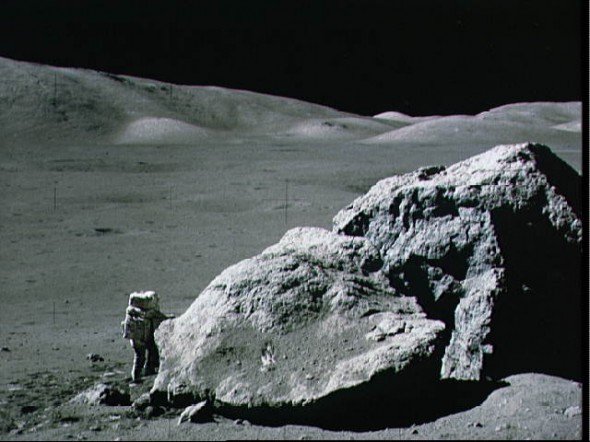
Finally his own description of the moon training:
Training to go to the moon took many forms and included thousands of hours in spacecraft simulators, survival training in the jungles of Panama, and several days a month of science training (mostly geology) at various field locations around the country. Science training for the lunar surface crew aimed not at exposure to analogs of lunar features — no good analogs exist on Earth — but at using both instructive settings of comparable geological style and simulated lunar traverses to streamline and refine exploration procedures. We concentrated on sampling, documentation of sample setting, and communication of the essential details and interrelationships of materials and features we might encounter. In the process, we not only prepared to deal efficiently with unexpected discoveries, but polished the planning and operational skills of the entire mission team.
Read the whole story here;
A FIELD TRIP TO THE MOON, as told by Schmitt himself.

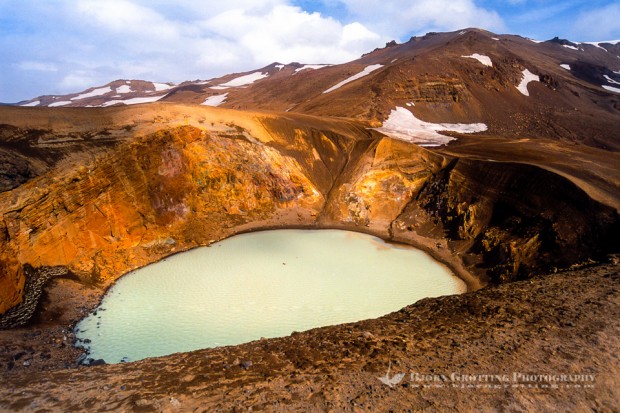
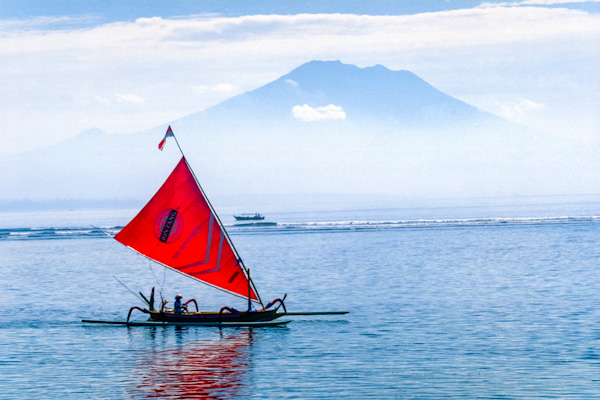
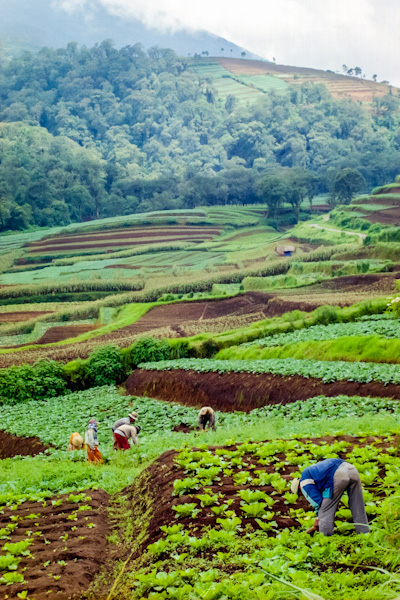
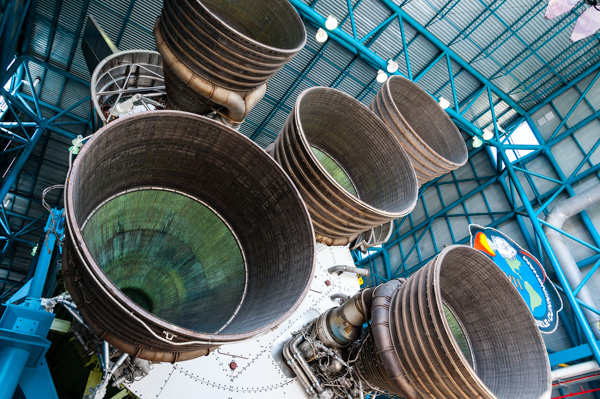

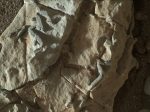



This Post Has 3 Comments
Pingback: the exploration museum in husavik | an irish travel guide
Pingback: Chair's Evening. 30th January 2014. | Reflex Camera Club
Pingback: Iceland – Tag 2: Auf dem Weg nach Hrafntinnusker | auf Tour